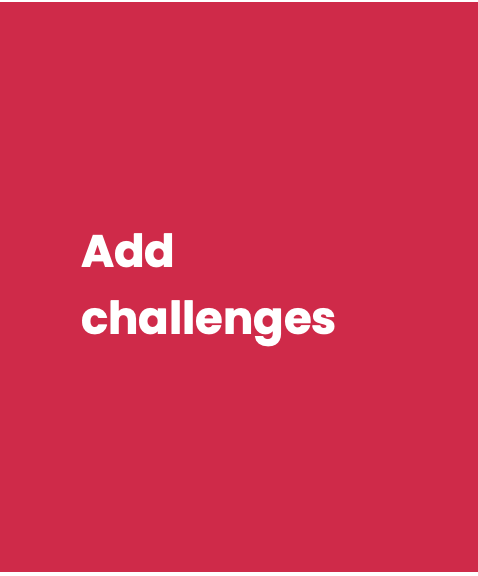This guide has been designed with our younger and newer coaches in mind. However the content can and should also be applied by all Academy coaches. We have found that many of our younger coaches struggle with many of the topics we have covered in the information below. We have identified some key areas that take time to master and tried to provide some simple strategies and ideas that you can implement in your next coaching session to help you improve.
How to be louder and clearer with your instructions
Project Your Voice
- Practice projecting your voice: Stand in a spacious room or outside and practice speaking loudly and clearly. Start by speaking at a normal volume, then gradually increase your volume until you reach a level where you can be easily heard without straining your voice.
Use Simple Language
- Use simple and concise language: Instead of saying, “Move to the right side of the field and get open for a pass,” say, “Run right and be ready for a pass!” Keep your instructions short and to the point.
Use visual aids
- Utilize visual aids: When explaining a drill, use cones to represent players or draw diagrams on a whiteboard. This helps players visualize the activity and understand your instructions more easily.
Being more engaging with players

Know your players
Get to know your players: Learn their names, ask players about their favorite soccer teams or players, their hobbies outside of soccer, or their goals for the season. This shows them that you care and helps build trust and rapport.

Always be positive
Use positive reinforcement: When a player executes a skill well, say, “Great job on that pass, Sarah!” This encourages them to continue working hard and builds their confidence.

Open dialogue
Encourage open communication: Start each practice with a “team huddle” where players can share their thoughts or ideas about the game or practice. This fosters a sense of belonging and collaboration.
Get Them To Pay Attention

Establish clear expectations
Begin the season with a team meeting where you outline expectations for behaviour and attentiveness. You might say, “When I’m speaking, I expect you to look at me and listen carefully.”
Use “Attention getters”
Develop a unique clap pattern or a phrase like, “Eyes on me!” that signals players to stop what they’re doing and focus on you.
Keep activities varied, fast-paced
Avoid lengthy explanations and minimize downtime between activities. Incorporate quick transitions and “dynamic” drills that require constant movement.
“I do, we do, you do” method
Use the “I do, we do, you do” method: For example, demonstrate a proper passing technique, then have the whole team practice together, and finally, let players practice individually or in pairs.
Encourage peer learning
Pair less experienced players with more experienced players to help each other learn and follow instructions. This promotes teamwork and allows players to learn from their peers.
Provide feedback:
After observing a player, provide specific feedback like, “Tom, your passes are getting better, but try to keep your ankle locked when you make contact with the ball.”
Making activities more fun and engaging without changing the activity itself

Your energy as a coach can be contagious. Show excitement and passion during practice, and encourage players with positive words and actions.

Lighten the atmosphere by cracking jokes or incorporating humour into your instructions. This helps create a fun and relaxed environment, which can make players feel more engaged.

Address players by their names and customize instructions to their individual strengths or areas for improvement. This shows you are paying attention to each player’s development and fosters a sense of connection.

Use anecdotes from your own playing experiences or stories about famous soccer players to inspire and engage your players. This can help them connect to the sport on a deeper level and see the value of perseverance and hard work

Design activities with achievable challenges that provide opportunities for success and growth. Celebrate players’ accomplishments, and gradually increase the difficulty level as they improve.

Allow players the freedom to try new moves or techniques during activities, even if they make mistakes. This fosters a sense of exploration and enjoyment while learning new skills.

Encourage players to support and motivate one another during activities. This helps build camaraderie, which can make practices more enjoyable and engaging.

Show genuine care and concern for your players by listening to their thoughts, feelings, and concerns. Create an environment where they feel comfortable expressing themselves and asking for help.

Offer small rewards or incentives for hard work, improvement, or achieving specific goals. These can be simple things like stickers, team badges, or choosing the next activity

If you are not typically very outgoing then its time to put on a show, create a new coach persona and act out your sessions as your new outgoing fun coach self

Remember, your attitude, energy, and approach as a coach can have a significant impact on your players’ engagement and enjoyment. By fostering a positive and supportive environment, you can make activities more fun and engaging for your players.

Occasionally, let players have a say in choosing the activities or drills for a practice session. This can help them feel more invested in their own development and make the activities more engaging.